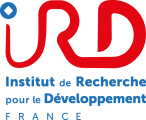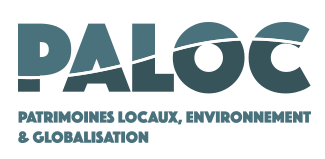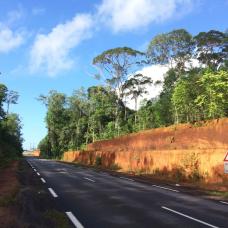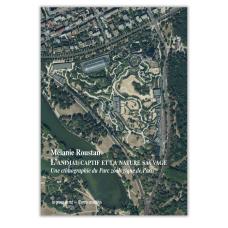Accueil
L’UMR 208 PALOC « Patrimoines locaux, environnement et globalisation » est une unité mixte de recherche pluridisciplinaire en sciences humaines et sociales, sous la triple tutelle de l’Institut de Recherche pour le Développement (IRD), du Muséum national d’Histoire naturelle (MNHN) et du Centre National de la Recherche Scientifique (CNRS), dont l’implantation principale est située au Jardin des Plantes à Paris.
Dans un contexte de forte perturbation environnementale, écologique et climatique à l’échelle planétaire, PALOC étudie les nombreux défis induits par les transformations parfois brutales des rapports entre les sociétés et leurs environnements. Les usages politiques, les discours idéologiques, les controverses scientifiques, les pratiques sociales et les représentations qui déclenchent et/ou accompagnent ces transformations sont étudiées à travers la patrimonialisation. Celle-ci, qui permet de comprendre, d’évaluer, d’accompagner et d’anticiper les transformations à l’œuvre dans le monde globalisé, concerne aussi bien la biodiversité, le territoire que les pratiques culturelles.
En 2025, l’unité est organisée en quatre Thèmes Partagés. Elle rassemble une quarantaine de membres permanents, 25 doctorants et une quarantaine de chercheurs associés issus d’Europe, d’Afrique, d’Amérique latine et de la zone Indo-Pacifique.

L’ensemble des publications est disponible en ligne https://hal.science/PALOC
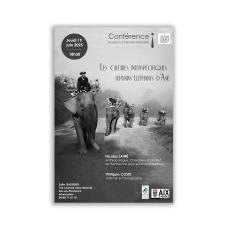
Les cultures interspécifiques humains-éléphants d’Asie
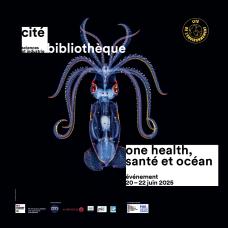
One Health, Santé et Océan

Séminaire commun PALOC - BioArch « Le piment »

